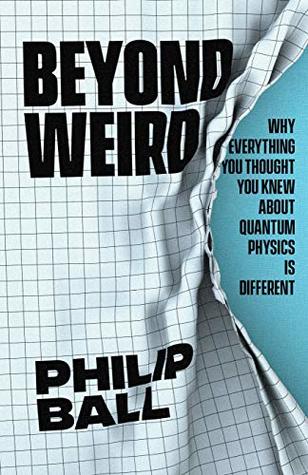More on this book
Community
Kindle Notes & Highlights
by
Philip Ball
Read between
March 5, 2019 - September 5, 2020
With quantum mechanics it is not so simple. For it is not so much a theory that one can test by observation and measurement, but a theory about what it means to observe and measure.
The wavefunction is not a description of the entity we call an electron. It is a prescription for what to expect when we make measurements on that entity.
There is no quantum world. There is only an abstract quantum physical description. It is wrong to think that the task of physics is to find out how nature is. Physics concerns what we can say about nature.
Wavefunction collapse is then a generator of knowledge: it is not so much a process that gives us the answers, but is the process by which answers are created.
the point at which we separate the quantum from the classical world became known as the ‘Heisenberg cut’. Where is it?
It is entirely understandable that some see Bohr’s doctrine as a counsel of despair, or alternatively as a cheap cop-out. It demands that, at the moment of measurement, we accept that the universe does something not really distinct from magic.
Heisenberg is pulled over for speeding. The police officer asks him, ‘Do you know how fast you were going?’ ‘No,’ Heisenberg replies, ‘but we know exactly where we are!’ The officer gives him a confused look and says, ‘You were going 108 miles per hour!’ Heisenberg throws his arms up and cries, ‘Oh great! Now I’m lost!’
In effect, it says that quantum events (the radioactive decay of an atom, say) happen for no reason. They just happen.


